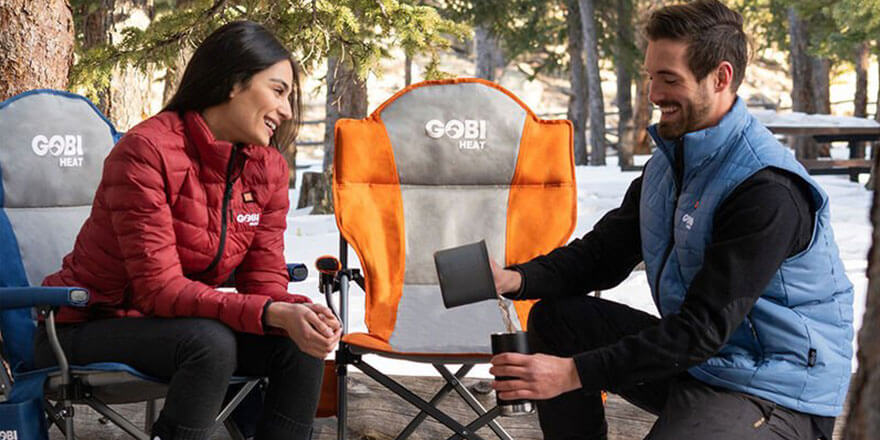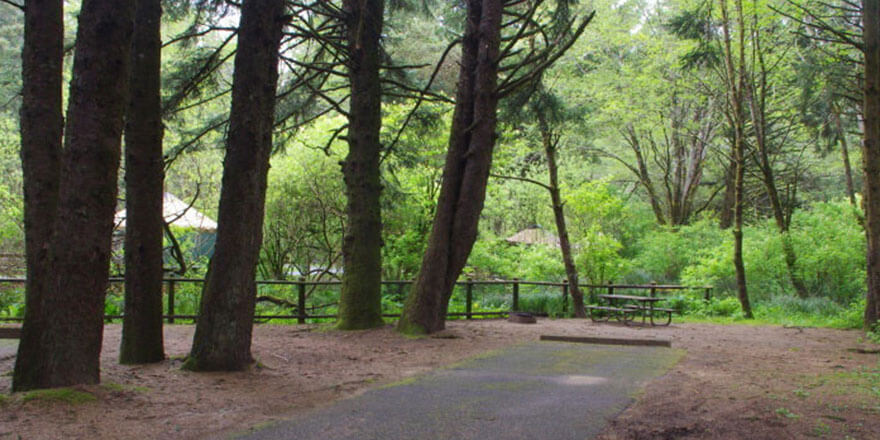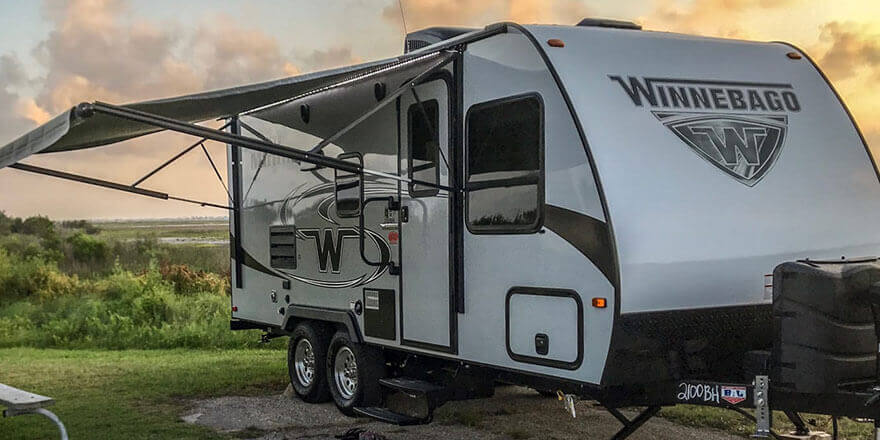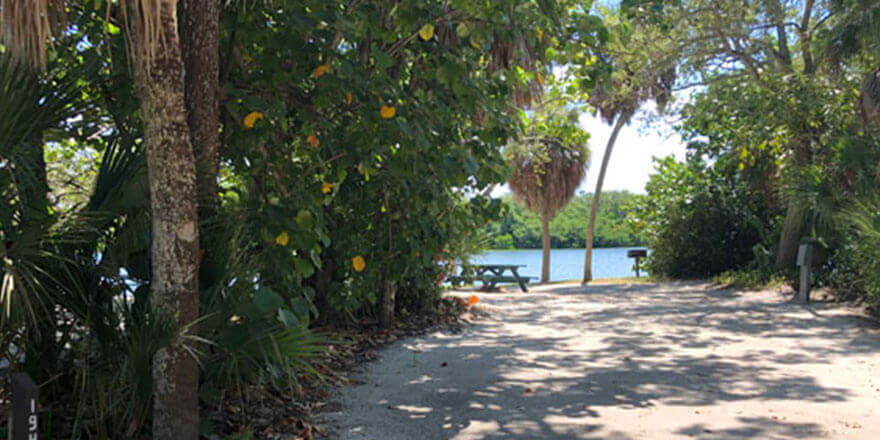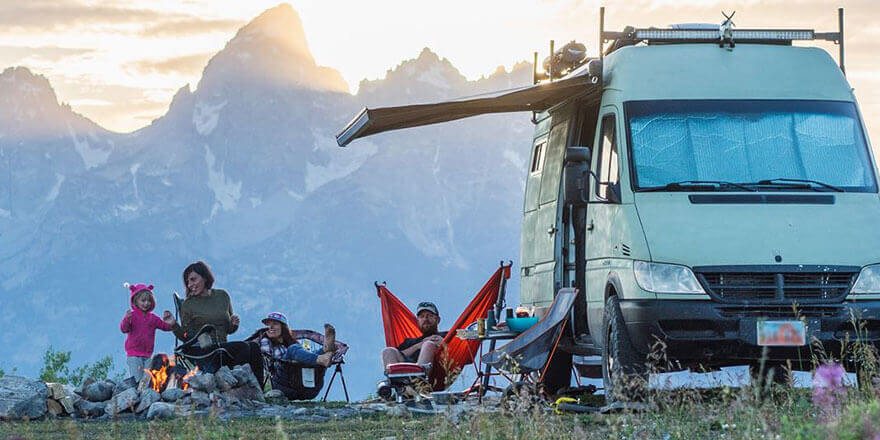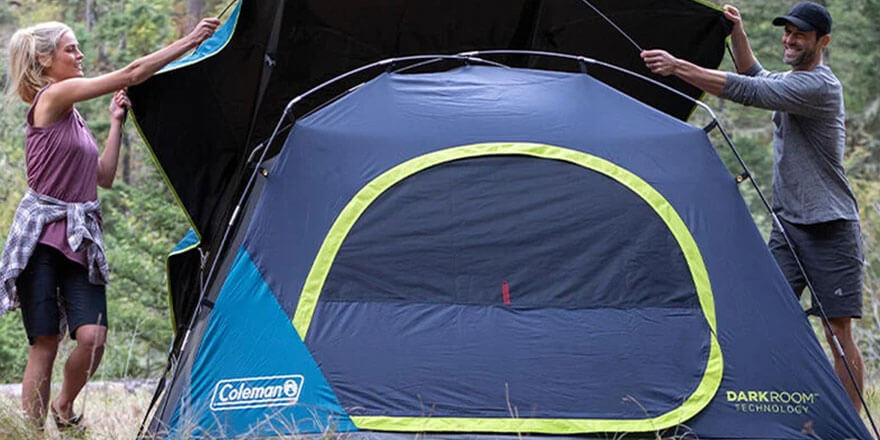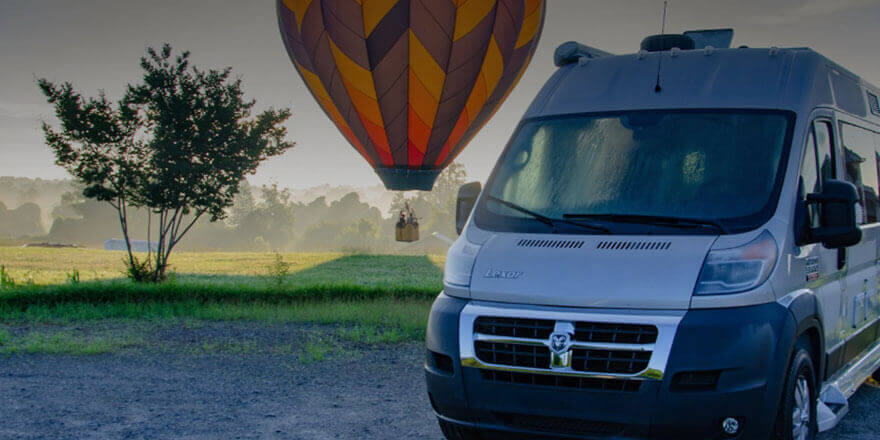Camping Essentials, and maybe a little more
Our photo hero Greg shares some tips on preparing for an enjoyable outdoor adventure.
So you may have read last year’s blog and have seen my misadventures. But I am always prepared. From a heartbreaking broken tent:

to the joy of a new stove:

I experienced it all last year. But if you don’t have the basics needed for an enjoyable outing, well, it won’t be enjoyable.
So I put together a list (with major thanks to HickerChick of the EOC) of what I think are necessities for a fun camping trip. Here are the basics.
Shelter
- for sleeping: Tent or trailer or RV.
- for daytime: tarp (rain and shade protection) or screen room (rain, shade & bugs)
- guy line, tent stakes + stake hammer (and pack a knife!)
Sleep
- sleeping bag (if chilly, augment with fleece liner, blanket or long underwear + socks)
- sleeping pad (Thermarest or other air mattress or foam mattress unless in an RV)
- pillows (I bring 2 down ones just for myself)
- earplugs (Seriously. Keep them near your sleeping bag. Some nights they will be priceless when your neighbors are snoring.)
Kitchen
- cooler (a cooler for drinks and a less-frequently opened cooler for food can conserve ice)
- camp stove or cook over the campfire (make sure your campground has not banned campfires because of fire danger!)
- pots, skewers, campfire grill and/or foil
- plates, bowls, cups
- utensils
- knife
- salt & pepper (and whatever spices and condiments you prefer)
- coffee, tea (don’t forget half&half, if you like it)
- sugar
- zip-lock bags, foil
- plastic wine glasses (basics are in the eyes of the beholder)
- marshmallows
- anti-bacterial hand soap and/or wet wipes
Lighting
- flashlight (and/or headlamp for hands-free convenience)
- batteries
Campfire
- matches
- hatchet
- fire-starter (newspaper, at least)
- folding shovel is good for fire tending
- skewers for marshmallows
Hygiene
- quarters (all showers are not free)
- flip-flops (mitigates the ick factor of public showers)
- shampoo, conditioner, lotion, razor, towel, liquid soap (bar soap is messy and prone to fall onto the public shower floor)
- rucksack or shoulder bag (keeps everything organized. Carabineer your flip-flops to the outside of the bag)
Chairs
- You’ll want to sit somewhere other than the picnic table (and I regard footstools as a basic, too.)
Ground cloth
- to protect the bottom of the tent from sharp rocks and sticks – either a ground cloth designed for that specific tent or a tarp that does not extend beyond the edges of the tent (you can fold it, the point being not to funnel rain under the tent).
Tarps
- Protect the inside floor of the tent – a tarp inside the tent protects the floor from shoes and dog paws and also gives your clothes and bedding some protection if water seeps in through the tent floor.
- An additional tarp could cover any leakage in the tent roof. I carry a few tarps, for contingencies such as this, for covering firewood, the picnic table, etc.
Stakes
- There are metal and plastic stakes and particular types for sand, snow and harder ground. 10 inch nail stakes from the local hardware store are a cheap alternative and have worked well for me.
- 16 stakes per tent/screen room is my standard. Allows for staking the four corners as well as guying out each corner three times. Have ridden out extreme thunderstorms this way. Actually, I use 20 for my screen room because I stake mid-way down each side, too. Unless you run into a freak superstorm storm.Then all bets are off..
- I use a rubber mallet bought from REI and available elsewhere, such as Campmor. Rubber mallets are quiet and therefore neighborly.
Guyline
- Carry plenty. I keep several 50-foot bundles that I buy at REI ($3.95 each)
Duct tape
- Every car should have duct tape in it. A zillion uses, including emergency tent repair. Like this:

Cooler
- Pre-chill everything that’s going into the cooler. Especially drinks. Pre-freeze gallon jugs of water before you go. They will keep stuff cool and you can drink from them when thawed.
- Put the ice on top of the food (cold sinks, heat rises)
- Two coolers can conserve ice – one for drinks (which will be opened more frequently) and one for perishable food.
- Block ice lasts longer than chipped ice.
- Don’t drain the ice water from your cooler unless it gets quite deep and you have ice to replace it. It’s cold and working for you. (another reason to have your food in waterproof containers.)
- Prevent leakage (especially contamination with meat juice) by using zip-lock bags and airtight containers (I’m partial to Lock & Lock brand).
- Organize your cooler so you know, at least roughly, where to find things when you need them.
- Meal plan – for a longer trip eat the perishables, especially meat, early in the trip. Freeze meat at home if you won’t use it for a few days.
- Keep the cooler in shade. Put a damp towel over it to keep colder. Swamp cooler effect.
Clothes
- Pack plenty of underwear. Fresh underwear is the next best thing to a shower.
- Layers. Relative temperature can fluctuate wildly in the mountains, with approaching weather systems and depending on whether you are moving or sitting still (or if it’s windy). Plan for the weather forecast not being 100% accurate.
- Pack for the worst possible weather (usually rain and wind). A rain parka packs small. And pack a hat.
- Warm socks, long underwear and gloves take little room and could be priceless if your sleeping bag is not warm enough, the wind picks up or temps drop during the day. I have seen so many fellow campers uncomfortable because they failed to pack gloves, warm socks, warm hats, warm tops, warm jackets in spring and summer.
- Pack an extra day’s clothes, at least. Spills happen. And setting up and breaking down camp can be a sweaty affair.
Cooking
- Plan meals and how you are going to cook them (camp stove, campfire or Dutch Oven?)
- Two or three-burner camp stoves are great. So is cooking over a campfire with tin foil, a handheld grill or the campground’s grill. So is using Dutch Ovens with charcoal.
- Pre-package your servings at home. Don’t take the entire box of pancake mix if you don’t need to – pre-measure into a Zip-lock bag. Don’t take a big bottle of barbeque sauce, ketchup, mustard, olive oil or vinegar if you just need a few ounces (REI sells small plastic bottles for this purpose). Pre-mix the butter and garlic at home if you’re going to do garlic bread.
- Pre-cut meat and vegetables. If that suits your meal plan.
- Pre-marinate. Make camp cooking as efficient as possible by doing at home what you can get away with doing at home. Minimizes preparation time and cleanup at camp.
- Pam cooking spray is your friend. I always take Pam high-temperature cooking spray.
- Foil is your friend. Always pack plenty of foil. Heat bread, cook fish and vegetables in it.
- Anti-bacterial hand soap is everyone’s friend. All the more important at camp to be mindful of hygiene. Keep anti-bacterial hand soap in your camp kitchen box and put it out on the picnic table when a meal is being prepared.
- Cleanup. A Rubbermaid plastic tub for washing and one for rinsing helps conserve water. Pack a sponge and plastic pot scraper. Microfiber dishtowels are very handy (and they dry before the next meal). Biodegradable dish soap is environmentally-correct.
We hope these tips might make your next adventure just a bit more enjoyable. But remember, if you are in bear country, the boxes are to put your food in, not used as a table…

or you might have unwelcome guests…
Regards, Park Ranger
Great Deals on Top Rated Camping Gear
Find everything you need for camping, including hiking supplies, tents, coolers, sleeping bags, cots, survival & first aid, food processing, and more!
Shop NowBeverly Beach State Park
Oregon
Beverly Beach State Park is in forest-sheltered area right on the Oregon coast and is a very popular campground featuring a beautiful trail to and along miles of sandy beach.
View CampgroundDoheny State Beach
California
Doheny State Beach is located right on the beach in one of the premier Southern California coastal areas. There are 33 premium beachfront sites and all can accommodate tents, trailers or RVs (up to 35 feet).
View CampgroundExperience RVing
Take the Family on a Perfect Road Trip! Rent an RV from RVshare
Find Cheap RV RentalsFort De Soto Campground
Florida
Fort De Soto Park Campground has 238 single-family campsites and is located on an island in a beautiful 1,136-acre park in the Tampa Bay Area.
View CampgroundTake the Family on a Perfect Road Trip!
Save up to 25% on your family travel costs in 2021 by booking an RV through RVshare
Find Cheap RV RentalsEssential Camping Gear and Equipment
Get everything you need to enjoy your outdoor adventures from bags and packs to air beds and sleeping bags, insect repellant, cooler bags, and 2-burner stoves.
Shop NowWarren Dunes State Park
Michigan
You’ll find some big sand dunes at Warren Dunes, including formations that rise 240 feet above the lake offering fantastic views, the best known is Tower Hill.
View CampgroundPawtuckaway State Park
New Hampshire
Pawtuckaway State Park Campground has 292 campsites and is located on the shores of beautiful Pawtuckaway Lake. Many having views of the lake.
View CampgroundUnique RV Camping
Over 2,000 Wineries, Breweries, Farms and more!
Harvest Hosts is a special type of membership club for RVers, offering overnight RV camping accommodations at 2,365+ locations across North America!
Learn MoreDevils Fork State Park
South Carolina
Devils Fork State Park campground is along the shore of Lake Jocassee. The area allows visitors on boats to drive to remote islands and see sites of waterfalls splitting into two lakes.
View CampgroundLake Perris State Recreation Area
California
Lake Perris offers a variety of water recreation, including swimming, fishing (shore, pier and boat), boating, sailing, waterskiing, and a special area for scuba diving.
View Campground
